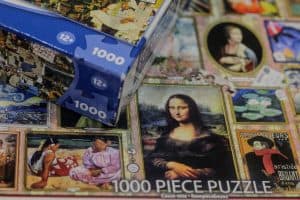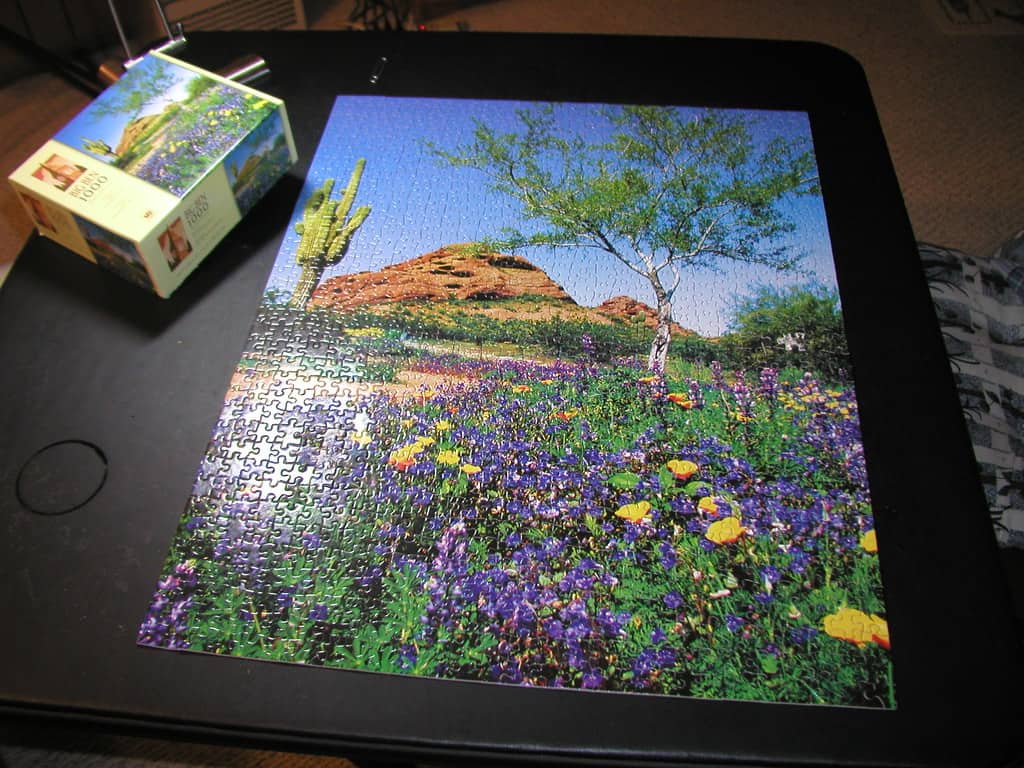Dive into the realm of leisure pursuits, where the enduring charm of jigsaw puzzles brings unparalleled joy and fulfillment. Whether you’re a seasoned puzzle enthusiast or embarking on the exploration of this enchanting hobby, recognizing the factors that contribute to what makes a great jigsaw puzzle becomes pivotal.
Join us in this piece as we unravel the intricacies that distinguish an average puzzle from a masterpiece, delving into the fine details encompassing puzzle pieces, image resolution, and the myriad elements that shape an exceptional jigsaw puzzle experience.
Engaging Visuals

When it comes to jigsaw puzzles, the visual allure is paramount. Each piece contributes to the overall image, making the puzzle an artwork in itself. High-resolution images with accurate colors and attention to detail are crucial. Manufacturers use everyday paper glue on these images, creating a sturdy, enjoyable puzzle-solving experience.
Puzzle Piece Quality: Building the Foundation
The backbone of any great puzzle lies in the quality of its pieces. Manufacturers often use sturdy cardboard, also called chipboard, to ensure durability. The precision in cutting each puzzle piece and the way they fit together can be the difference between an enjoyable challenge and a frustrating experience. The piece count and puzzle size also play a significant role in determining the difficulty level and the time required to complete the whole puzzle.
Theme and Story: Adding Depth to the Puzzle
Great puzzles transcend being a mere collection of pieces—they tell a story. The theme and narrative behind a puzzle can enhance the overall experience, making it more than just a game. The individual pieces come together to create a coherent picture, capturing the imagination and creating a sense of accomplishment when the last piece is put into place.
Educational Value: More Than Just Fun

Jigsaw puzzles aren’t just about having fun; they also offer educational benefits. The challenge of assembling pieces promotes problem-solving skills, making them suitable for individuals of all ages. The joy of completing a puzzle goes beyond the final image; it’s about the mental exercise and satisfaction of putting all the pieces together.
Unique Shapes and Pieces: Breaking the Mold

A great puzzle isn’t just about the image—it’s about the challenge. Unique puzzle piece shapes, sometimes called “cookie cutter” pieces, add an extra layer of complexity. The variety in shapes and the overall piece count contribute to the puzzle’s appeal, catering to personal taste and providing a diverse and engaging experience.
Collaborative Puzzling: Connecting with Others
Puzzles are not only a solitary pursuit but also an excellent activity for friends and family. The size of the puzzle and the number of pieces determine the level of collaboration required. Working together to assemble a challenging puzzle can strengthen bonds and create lasting memories.
Final Thoughts: What Makes a Great Jigsaw Puzzle?
In the world of jigsaw puzzles, every piece matters. From the quality of the puzzle pieces to the engaging visuals and educational value, the elements that make a great puzzle are as diverse as the puzzles themselves. As you decide which puzzle to tackle next, consider the intricate details that go into producing these pieces of joy. Whether it’s a challenging, cool puzzle or a more straightforward, enjoyable one, the art of a great jigsaw puzzle lies in its ability to captivate, challenge, and bring joy to the lives of those who decide to take on the adventure. Happy puzzling!

